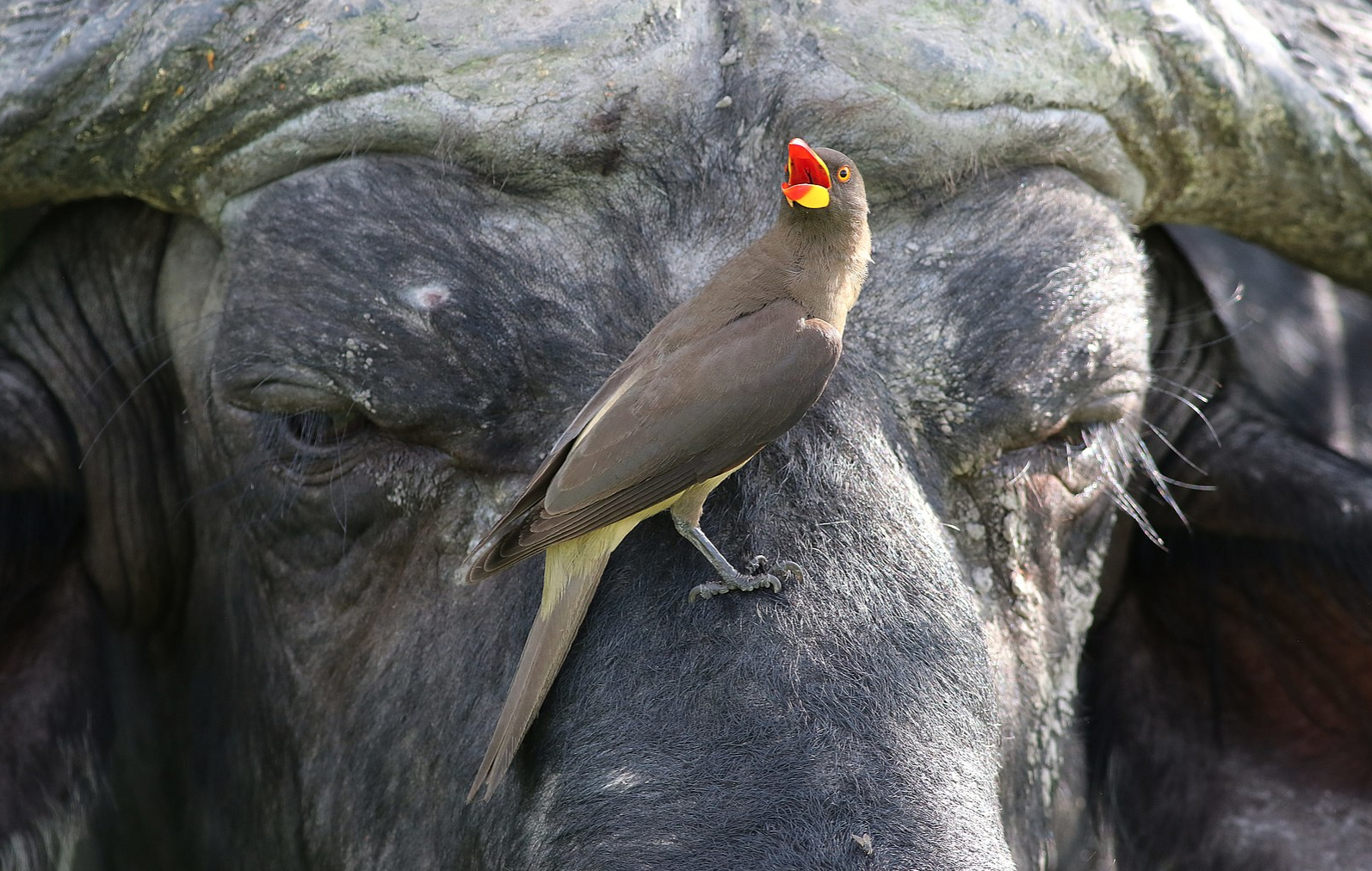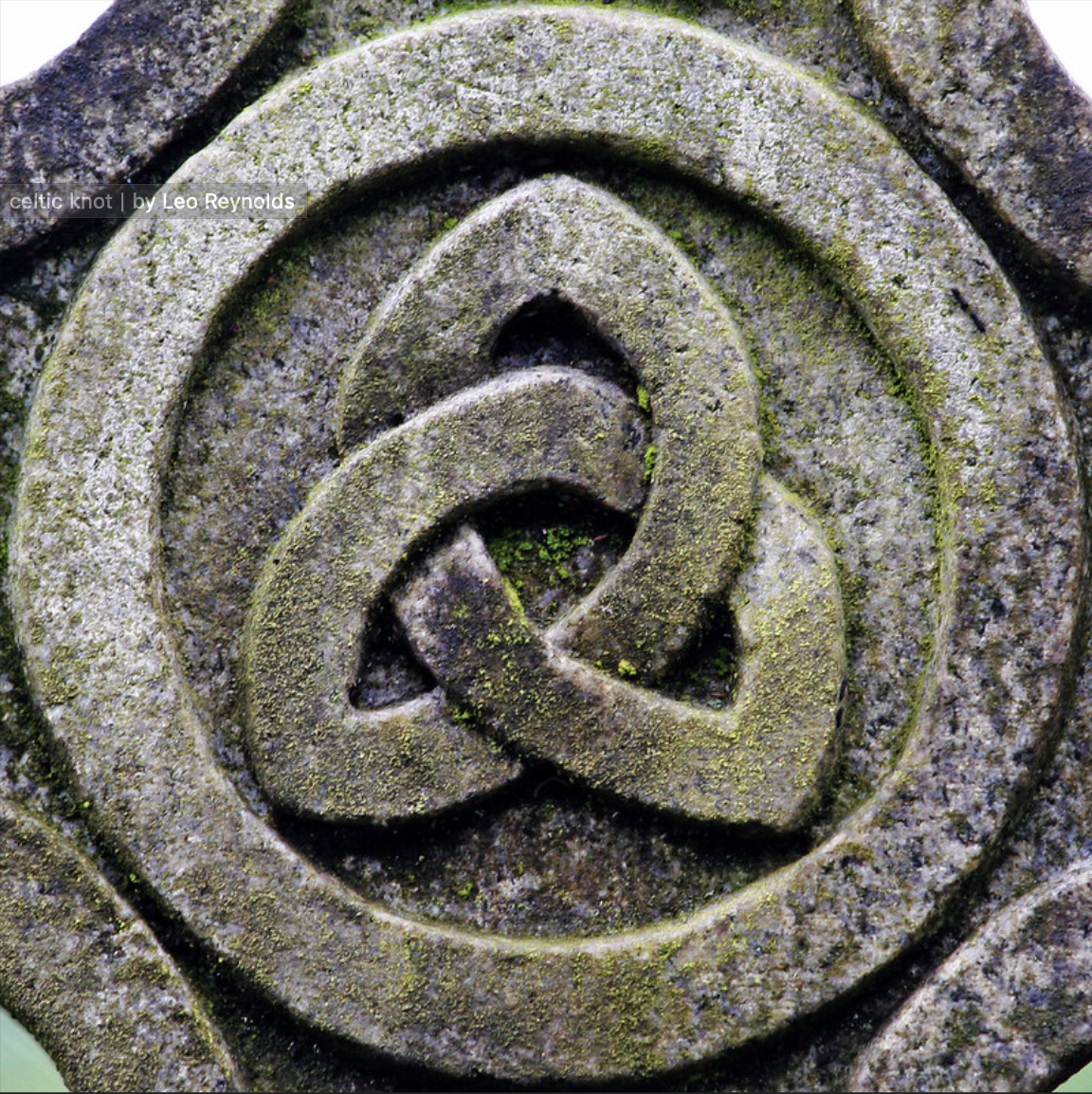There Is No Such Thing as "a" Codependent Relationship
“anything or anyone
that does no bring you alive
is too small for you.”
-David Whyte
Normal Suffering and Normal Liberation
Codependency is a term that is often used and can be hard to define. Like the post on Boundaries, this post will seek to simply add to the existing conversation and to help clarify some aspects. May it be helpful to you and your relationships. As with any post on this blog, please consider that these are just perspectives and not rules. May you find what works best for you.
Here’s one simple way to look at codependency: a dynamic that naturally happens in human relationships where one person takes on the job of fixing another person’s suffering and the other person continually gives them the job. Psychologically and relationally, it is like one person volunteering to act as a cast on a broken bone, and the other person keeping the cast on for good since it’s protecting the injury and taking it off would mean going through the pain of rehabilitation and strengthening. This is a recipe for atrophy and exhaustion… and it’s not what anyone ultimately wants in a relationship. We want to feel good, empowered, and loved.
There is no such thing as "a" codependent relationship: codependency inevitably comes up in some way. It might just be a normal way that we learn how to love without fixing others or expecting others to fix ourselves. Like learning to dance: codependent steps are out of tune. We learn through practice. We pick partners who meet us enough to enjoy the dance and who will learn with us. Somewhere between independence and codependence is a sweet spot where we are centered in ourselves while attuned to the other; where we can take turns leaning on one another when needed without smothering.
If you are reading this, and you are a human being, aspects of this post will probably make you think of certain relationships. Here’s one suggestion for reading further: Look at the dynamic as a pattern as opposed to a person. Ultimately, no one wants to suffer and we are trying here to use consciousness as a tool for collective liberation.
This suffering dynamic arises with varying frequency, intensity, and duration in relationships. It can range from a hiccup in a mostly mutually supportive and securely attached relationship to a dominant factor in an abusive relationship.
Codependency often comes up in discussions around addiction. What if the dynamic itself can be an addiction? Meaning that the more we rely on codependent patterns, the harder they are to break and the more we might fight to keep them in place. If your identity becomes wrapped up in being a cast, or if having a cast has become who you are and how you function, a part of your unconscious mind will fight any way it can to keep the pattern in place. It thinks it is who you are. And the biology’s number one rule is: Don’t die.
The Roles We Can Play
Just for the sake of extended metaphor, let’s continue by attributing two roles: the cast and the break. Please keep in mind that over the course of a human lifetime, most of us will have tried out both roles, and oftentimes we switch roles within the same relationship.
Ultimately, underneath both roles is usually a core wound, a trauma, a family pattern, or a deeply seeded fear.
For the break, the wound is usually the thing that both people are misguidedly trying to fix. This can range from a pervasive pattern of victimhood, mental and physical ailments, fixation on problems and threats, etc. Usually this is very complex because the problems are real. People are victimized; there is injustice; we do suffer from ailments. When the pattern is repeating over time without getting better despite changing conditions, this is usually an indicator that it has become a role. This is real suffering and it doesn’t feel good. The repeating pattern is usually unconscious and unwanted, which can be very difficult for the person in the role of the break.
The cast is usually someone who is empathic and compassionate and can see all of this. They can see the other's suffering and the other’s desire to come out of suffering and they know that the more abusive or manipulative behaviors are often reactive and unconscious. They can see what is beautiful and amazing about the other person. Because the cast can see the person’s deep nature beyond the wound, they make a deal to lend too much of their personal power to the break so that the break can get better. The cast usually deludes themselves into believing that they have more energy or more strength or more stability and they can afford to give up their own needs. This temporary lending turns out to be an ongoing contract in these dynamics. And it is never enough because it doesn’t actually empower the other person.
When the break feels powerless and wants to feel better, they will seek to change their conditions and will commandeer the cast to make this happen. The overt message is that I’m suffering and need help, need justice, or need loyalty. The covert message is that you are responsible for my suffering.
When the cast comes in to fix or save the other, the overt message is I love you, want you to feel better, and want you to see how much I’ll do for you. The covert message is you aren’t able to do this yourself. I’m actually the stronger one. I actually have the power.
The covert message is unconscious almost all of the time. Unconsciousness is a major reason that things are hard to change. If you can’t see it, finding skillful ways to change is like grasping in the dark.
In codependent dynamics, the cast is more prone to see the deeply seeded wounds and the unconscious parts of the break (but not of themselves). The cast’s empathy can show the truth that a person who is harming themselves or others is actually suffering greatly inside and ultimately is seeking to come out of it. They can see and feel the other’s innate goodness. This is an essential power for promoting wellness and love in the world. However, when they fixate on that innate goodness and allow themselves to be harmed more than once by the person, they have breached their own boundary and they are no longer serving the other or themselves.
The break can get caught in the cast’s need to fix or save in order to minimize the break’s distress and to minimize any blame that might happen during that distress. When the cast starts to anticipate problems that will arise for the break and fix them ahead of time, the break becomes even more disempowered. This can build conscious or unconscious resentment toward the cast, even if such actions were asked for at some point in time. The more the resentment, the more the break might blame and permit themselves to harm the cast. The more the cast gets blamed, the more the cast will try to show the break their loyalty by fixing or saving with greater intensity. This is a reinforcing feedback loop of suffering. Nobody really wants to feel this.
Doing Something Truly Different
Part of the dynamic is that the whole system is set up so that you do the thing that you are supposed to do in order to keep the other person doing their behavior.
Oftentimes, this means that your morals and ethics, your sense of duty, and values (especially the value of loyalty) are leveraged by the break in order to get you to do the thing.
The cast might be stuck in a pattern of bartering people pleasing or being seen as a caretaker (the “good guy”) for a sense of connection, intimacy, or belonging. When the other looks like the “bad guy” or the “sick one”, the cast can get sympathy and alliance from others in their social group.
If you do something different and you actually change (such as providing a boundary that doesn’t allow for fixing or being fixed) it makes the other person have to change. Both parties will have to endure the distress and discomfort of not doing their usual pattern. Both parties have to stop their behavior. If the intention to come out of codependent patterns is conscious and mutual, this can provoke a healthier change.
If it is not a mutual intention, this can trigger blame, shame, and destructive behaviors. In more abusive relationships, not feeding the codependency cycle can lead to intensified abuse, blame of the other, or self-harm. The one who changes can becomes the one who is responsible for the other’s actions, mentally unhealthy, or overbearing. If the other person is not willing, and the boundary is held, this can lead to the other abandoning the relationship to find someone else who will let them perpetuate their behavior. This is usually the final bargaining chip.
Remember that a part of your core nervous system will resist major changes. You are also working with attachment dynamics. If the other person is one of your attachment figures, then the core nervous system will send out primal panic markers if the relationship is in jeopardy. This is just how we’re wired, and it’s there for good reasons developmentally and evolutionarily. Knowing this can help you to have courage, find some good tools, and to get support.
If you have been doing the codependency pattern for a long time or since childhood, it often gets confounded with love: when you change a relationship or are in a new relationship that doesn’t have much codependency patterning, it can feel like it is good but it’s not the feeling of “being in love.” One more suggestion: question this. What if it is the feeling of love without the intensity of codependency?
What if we tried living into sentences like this:
I love you
And I don’t owe you anything.
I love you
And you don’t owe me anything.
Codependency might say something like “it’s selfish for me to do anything for myself” or “I want to feel good/not feel bad and you need to do something about it.”
Healthy relationships might say “when I take care of myself enough and you take care of yourself enough, we take care of us”
What if we practiced seeing each other’s innate power and trusted each other’s ability to handle the distress of change? Taking off the cast and focusing on how the muscles know how to heal and grow. How do we support without fixing or being fixed? Is there any teaching from nature around this?
Sweet Darkness -poem by David Whyte
When your eyes are tired
the world is tired also.
When your vision has gone,
no part of the world can find you.
Time to go into the dark
where the night has eyes
to recognize its own.
There you can be sure
you are not beyond love.
The dark will be your home tonight.
The night will give you a horizon
further than you can see.
You must learn one thing.
The world was made to be free in.
Give up all the other worlds
except the one to which you belong.
Sometimes it takes darkness
and the sweet confinement of your aloneness
to learn anything or anyone
that does not bring you alive
is too small for you.
Click here to listen to the author read this poem.
~May You Thrive in All Your Relationships~
If you would like to sign up for email notifications of new blog posts, please click here.





